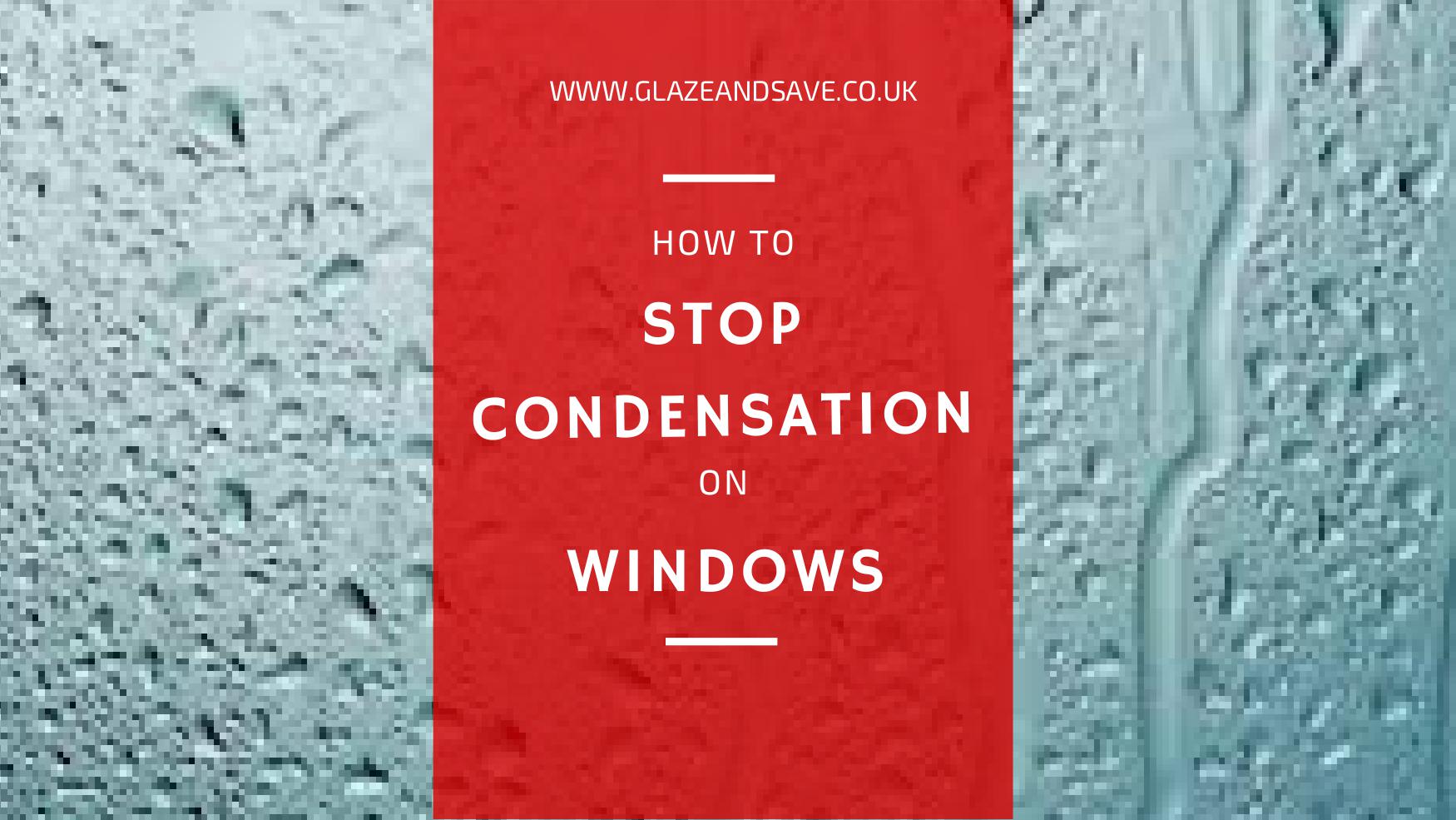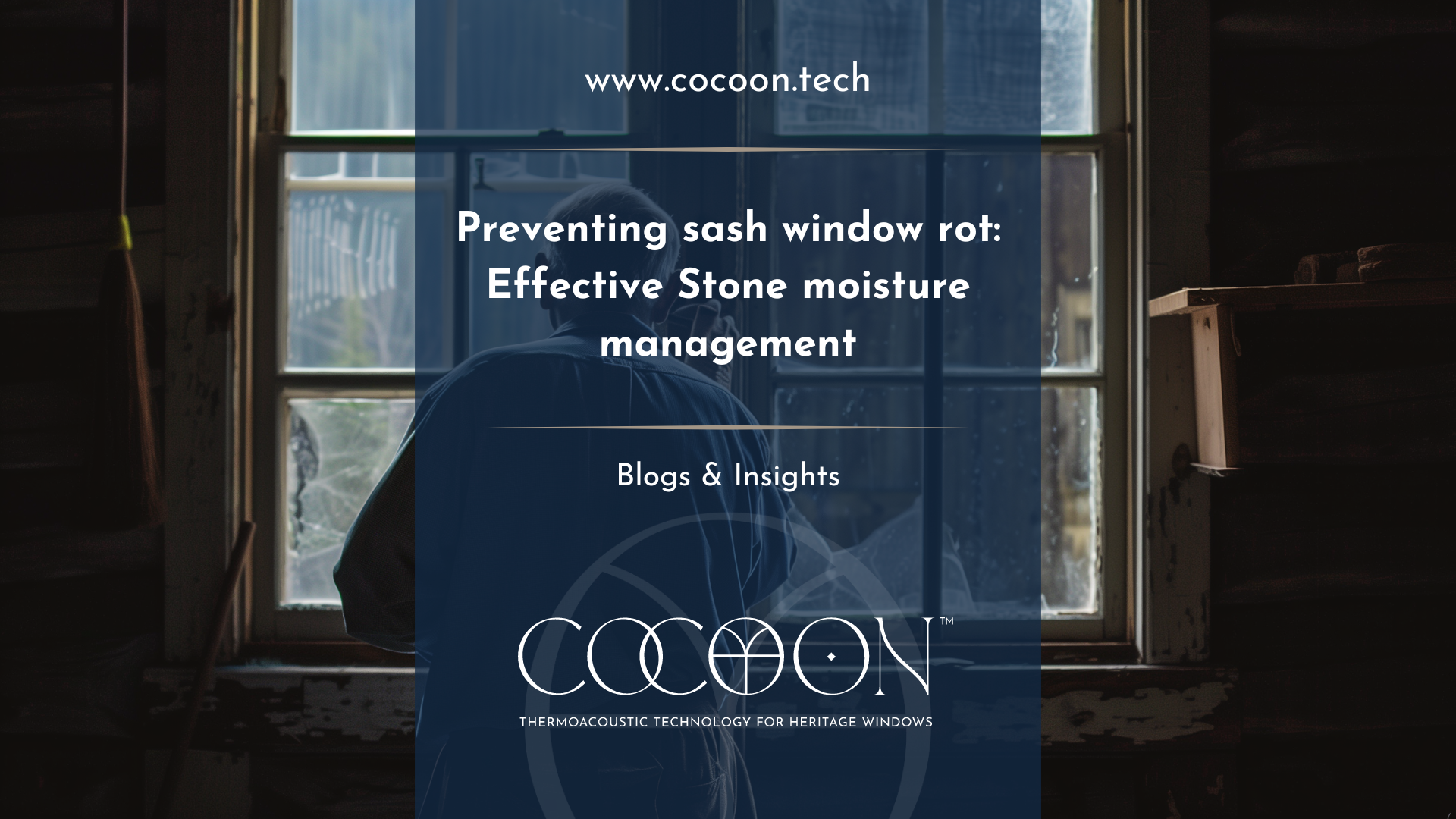How to Stop Condensation on Windows | Glaze & Save
What is Condensation?
Condensation is moisture that forms on cold surfaces and where there is not much air movement. It shows up as damp walls, water streaming down windows and, in some cases, a musty smell. Dealing with it should be a priority, as condensation can cause rotten window frames and peeling wallpaper. You might also see patches of black mould near windows, in the corners of rooms, in or behind wardrobes: even on bedding and furniture. It often forms on cold or north facing walls which get less sun, and tends to be worse in winter.
What causes Condensation?
Condensation can be caused by 4 main things:
1. Producing a lot of moisture in the home.
A family home can produce around 100 pints of water a week. This comes from steam caused by cooking, showering, drying laundry, ironing and even breathing.
2. Inadequate ventilation meaning the moist air cannot escape the home, which creates high humidity.
3. Not enough heating which causes water vapour to be held the cold air.
4. Insufficient insulation, meaning that the building can’t retain heat and has cold walls.
How can I reduce Condensation in my home?
To reduce condensation in your home, try the following tips:
- Produce less moisture by drying washing outdoors. If you use a tumble dryer, vent it to the outside.
- Avoid using paraffin or bottle gas heaters which produce a lot of moisture.
- Cover your pans when cooking and close internal kitchen and bathroom doors when steam is being produced to stop moisture spreading to the rest of the house.
- Let the moisture out by leaving trickle vents open whenever someone is in the room. These are small vents in the frames of modern windows. If you do not want to leave vents open you can air rooms by briefly opening windows on opposite sides of the property for 5 minutes two to three times per day. This is especially useful for bedrooms as a lot of moisture is produced by people whilst they are asleep.
- Use extractor fans in bathrooms and kitchens, particularly when showering, cooking or drying laundry, and open windows when they steam up.
-Air cupboards and wardrobes and avoid putting too much in them as this stops air circulating and leave a gap between furniture and walls.
- Keep the temperature of your home above 15°C. This will reduce the risk of condensation forming on walls and fabrics, although water droplets may still form on windows.
- Insulate your home by installing wall and loft insulation, making your outside walls and ceiling warmer.
- Use a dehumidifier to capture some of the water in the air; however, this must be used in conjunction with the above tips.
Unlike other secondary or double glazing options, Glaze & Save InvisiTherm ™can actually eradicate condensation from your windows. Call now on 01738 562068 to arrange your free no obligation survey, or email info@glazeandsave.co.uk for more information.




















